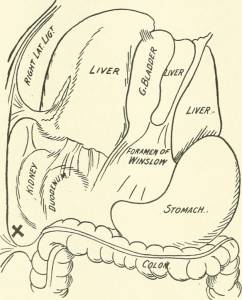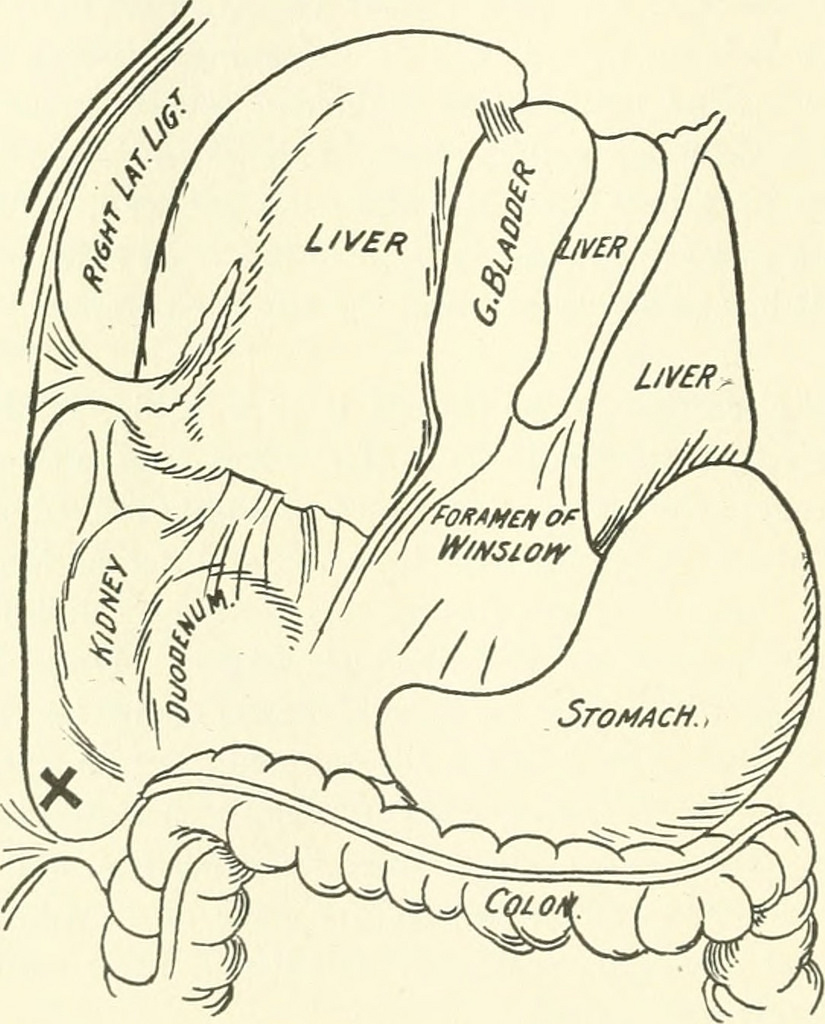Information is power. A proper understanding of gallstone removal process carries a lot of weight, knowing what you’re up against helps figure out the best way to approach it. In other words, decisions regarding surgery are based on the information available to you. So, make sure you check out the following beforehand.

- Gallstone surgery aims at getting rid of stony, hardened builds up or deposits or cancer cells in the gallbladder. The bladder stores bile (digestive enzymes) produced by the liver. The deposit blocks bile duct, preventing the flow of bile and inhibiting the biliary system to which the gallbladder is a part. To remove the hard mesh-like, tangled deposits, gallstone removal or gallbladder cancer treatment becomes imperative if it’s cancer.
- Gallstones are very frequent, especially in women. For the most part, it does no harm, except for the fact that if it starts to cause inflammation or block bile ducts, the chance of cancer to set in is pretty high.
- During surgery, prior to getting rid of gallstones, an abdominal incision is performed- the abdomen is cut open and dilated with air. The purpose of dilation is to make the abdomen wide open to ease removal.
- The surgeon moves on to insert a medical scope with an illuminated graticule into the cut parts. The display unit is attached to the scope. The graticule and display help identify the exact location of gallstone.
- Part of the operation is X-ray examination of the structure of the bile ducts to know the obstructed part of the duct. This procedure is known as cholangiography. Having determined where exactly the stone is, the final stage comes into play- getting rid of it.
- The entire process is known as laparoscopic cholecystectomy. It’s performed with a lighted scope or video camera plus a special set of surgical tools through one large or several incisions.
- Gallstone removal is the same as gallbladder removal. “With the gallbladder removed, bile from the liver flows through bile ducts into small bowel or intestine which absorbs it”. That’s the remark given by gallbladder cancer treatment specialists.
- Just like every surgical procedure which involves an incision, cholecystectomy comes with risks and complications including injuries to organs near the surgery spot, infections and internal bleeding.
- Medical history, the progression of a disease, negative reaction to certain medications, etc, affects the choices of surgery. The surgeons take this into account to determine the medications or palliative treatments to administer the patients. Make sure you check with the best gallbladder cancer treatment hospitals in India.
Downtime is usually one or two weeks. It also depends on the quality of treatment. Some of the things to keep at bay to avoid complications include smoking, excessive physical activities, food that take time to digest or cause constipation. Following the doctor’s instructions helps speed up recovery.
